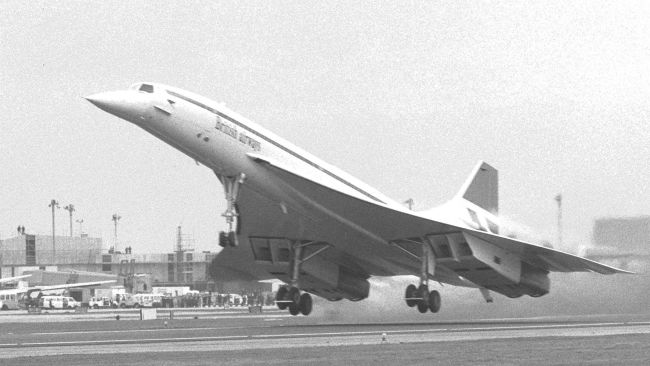The Concorde Class: A slow...but a progressive start
After 14 years of development, Concorde was ready to enter service, and on January 21, 1976, two Concordes from British Airways and Air France simultaneously lifted off from their home airports, carrying their first passengers respectively on the London–Bahrain and Paris–Rio de Janeiro (via Dakar) routes, with BA flights using the "Speedbird Concorde" call sign to notify air traffic control of the aircraft's unique abilities and restrictions, but the French used their normal "Air France"call sign. The Paris-Caracas route (via Azores) began on 10th of April that same year. It was a huge milestone for the program, but hardly the bold new era of mass supersonic travel that many had once predicted. Because British Airways and Air France were the only airlines to put Concorde into service. Both nationally-owned airlines were more or less forced to integrate the Concordes in their fleet. Taking delivery of just 7 planes each.
But in just the first few years in the late 70s, British Airways and Air France lost tens of millions in profits operating Concordes. In its early years, the British Airways Concorde service had a greater number of "no shows" (passengers who booked a flight and then failed to appear at the gate for boarding) than any other aircraft in the fleet. And by 1980, rumors were swirling that the planes would be retired early.
British Airways Concorde G-BOAC making its first commercial flight
from London to Bahrain in January 21, 1976.
In 1983, Pan American accused the British Government of subsidizing British Airways Concorde air fares, on which a return London–New York was £2,399 (£8154 in 2019 prices), compared to £1,986 (£6751 in 2019 prices) with a subsonic first class return, and London–Washington return ticket was £2,426 (£8246 in 2019 prices) instead of £2,258 (£7675 in 2019 prices) subsonic.
Research revealed that passengers thought that the fare was higher than it actually was, so the airline raised ticket prices to match these perceptions. It is reported that British Airways then ran Concorde at a profit. In short terms, Concorde's air fare ticket prices were almost in the price of most common business class air fare tickets of regular modern day airlines.
travel experience for rich and wealthy.
A dramatic turn-around was on the horizon in the mid-1980s, when British Airways and Air France were not only still operating their Concordes, but they had figured out on how to make profits with them. With the prospect of mass supersonic air travel having come and gone, and with only 14 Concordes in service, it was transformed into more than just faster air travel. Instead, it was rebranded into an ultra-exclusive travel experience. Aimed at a new passenger... with much "deeper pockets" to spend on.
By the mid-80s, the price of Concorde tickets had doubled from what they were in the 70s. At one point costing upwards of $20,000 in today's dollars for a London-New York Round Trip. Concorde might have failed to revolutionize air travel, but it also opened up a new market, serving celebrities and the ultra-rich.


Comments
Post a Comment